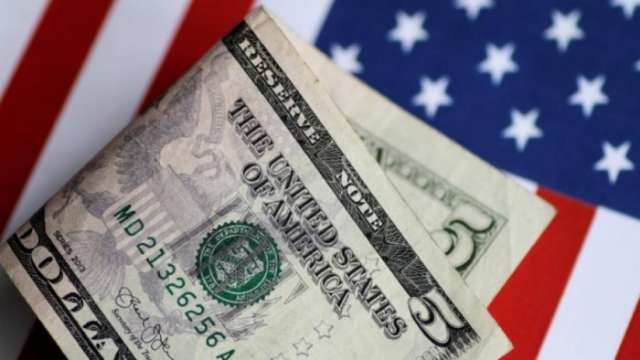Having already instituted worldwide tariffs on steel and aluminum and threatening more taxes on foreign products from China, the European Union and a host of other U.S. allies and rivals, the president is pushing foreign governments to reconsider holding dollars and U.S. Treasury reserves.
“Although the dollar will continue to be used in most trades, there is a possibility that participants in the global economy start to look at alternatives like pricing in euro or pricing in [Chinese] renminbi,” said Karl Schamotta, director of FX strategy and structured products at Cambridge Global Payments in Toronto.
The dollar is a big risk to some countries
Using the dollar has long posed a risk to certain countries. China’s central bank in 2009 called for a global move away from the U.S. dollar after the market turbulence caused by the U.S.-induced global financial crisis. The People’s Bank of China renewed those calls in 2013 after the U.S. government shutdown when House Republicans refused to raise the nation’s debt ceiling, causing a downgrade to the nation’s credit rating.
Further, the dollar’s use as a funding currency means that nations that do business with one another must use dollars instead of their own currencies when purchasing commodities like oil. These nations have no control over the currency’s value, which has at times been volatile.
“There’s a disconnect there, increasingly so as the U.S. is less dominant in terms of the total economic pie in the world,” said John Hardy, head of FX strategy at Saxo Bank in Copenhagen.
However, Omer Esiner, chief market analyst and Commonwealth FX in Washington, says that we’ve seen this story play out before and so far little has changed.
“There’s something to be said about it over a very, very long-term horizon … anything could happen,” he said. “But it ultimately typically comes down to where do global investors see as the most liquid, deepest and reliable financial markets in the world, and that remains the United States.”
The rise of China
What may have changed is that China’s emergence on the world stage has provided an alternative. The country’s renminbi, or yuan, was added in 2016 to the International Monetary Fund’s reserve currency basket and China recently introduced a market to buy crude oil in renminbi rather than dollars.
China’s currency is held in reserves by less than 5% of reserve managers currently, but that could quickly change, says Douglas Borthwick, managing director at Chapdelaine Foreign Exchange in New York.
“The fact is that China is now the No. 1 or No. 2 export market to pretty much every country in the world,” he said. “So the U.S. has lost its dominance as being the No. 1 trading partner to everyone in the world and China’s picked up the pace on that.”
China’s One Belt, One Road initiative has helped create partnerships with countries in Asia as well as Africa and parts of Europe. Central bank leaders in Africa recently have been discussing adopting the yuan as a reserve currency.
Beijing’s tight control on capital flows and a lack of policy transparency have kept the renminbi from becoming more widely adopted, but that tide has been turning. The European Central Bank converted 500 million euros worth of its dollar reserves into the Chinese currency last year and other banks have said they are considering adding more renminbi reserves in 2018.
Read the original article on finance.yahoo.com.
More about: dollar















































